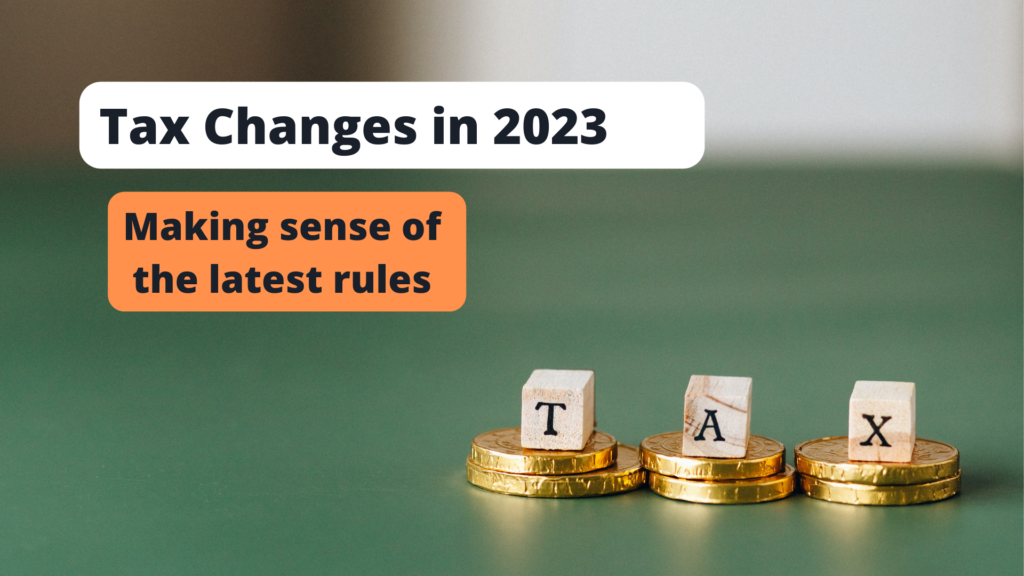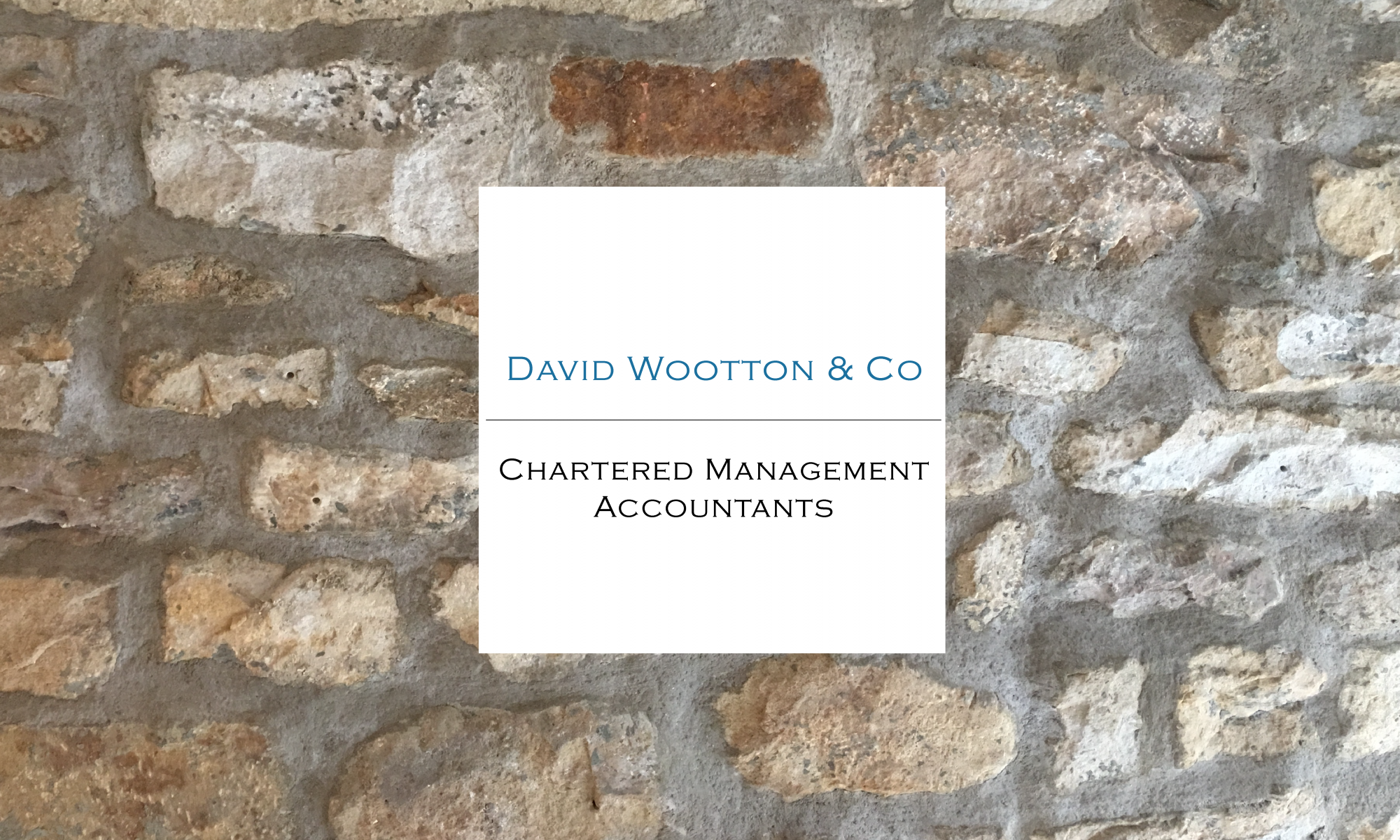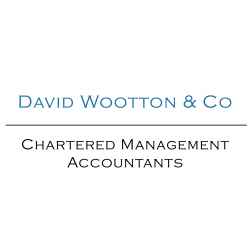Government U-turns and delays have made it harder than ever to keep up with the changes in tax due this year. Here’s a quick round up to help you make sure there are no unwelcome surprises.

Extended freeze on income tax thresholds
The freeze on income tax thresholds was originally set to end in 2025-26, but will now continue until April 2028.
As salaries increase, the freeze on tax thresholds could tip you over into the next tax bracket in the coming years, meaning you will potentially pay more.
On top of that, the Additional Rate tax threshold fell in the Autumn budget. From April this year, it drops from £150,000 to £125,140. Because of that, around 25,000 more people will have to pay income tax at 45%, costing them on average £1,200 more.
This table sums up the new thresholds and tax rates, as of April 2023:
| Tax band | Income Threshold | Rate of tax |
| Personal Allowance | Up to £12,570 | 0% |
| Basic rate | £12,571 to £50,270 | 20% |
| Higher rate | £50,271 to £125,140 | 40% |
| Additional rate | Over £125,140 | 45% |
National Insurance latest
In April last year National Insurance increased by 1.25% with the ‘Health & Social Care Levy’. Then the contribution threshold was raised in July to £12,570.
But in September’s Mini Budget, the levy was abolished and National Insurance dropped back to 12% for those earning £12,570 to £50,270. For people earning more than £50,270 it fell from 3.25% back to 2%. These rates are expected to stay the same for at least the next 12 months.
Allowance on Capital Gains and Dividend tax reduces
There is a big change coming this year on Capital Gains Tax. From April, the tax free allowance will drop from £12,300 to just £6,000. It will fall again in April 2024 to £3,000.
If you sell a second property, the basic rate for Capital Gains Tax over that threshold is 18%, and 28% for a higher rate taxpayer. For other assets, you will pay 10% at basic rate and 20% at higher rate.
From April the dividend allowance will reduce from £2,000 to £1,000, and to just £500 in April 2024. Dividend tax rates for 2023/24 are:
Basic rate – 8.75%
Higher rate – 33.75%
Additional rate – 39.35%
Corporation Tax increases
From April 2023 onwards, the main rate of Corporation Tax will rise from 19% to 25%, unless your business profits are £50,000 or less, in which case you will still pay 19%.
This change was first announced by Rishi Sunak in March 2021, was then scrapped in the Mini Budget, and reinstated in October 2022.
There is ‘marginal relief’ on the new tax rate, which means that your business will pay a rate between 19% and 25% depending on your annual profit. For an idea of what you’ll pay, there’s a useful corporation tax calculator here.
Inheritance Tax threshold freeze
The Inheritance Tax threshold has also been subject to a freeze. The ‘nil rate band’ will stay at £325,000 until April 2028. This threshold has not changed since 2010.
Inheritance tax is charged at 40% on any assets or cash over this threshold.
Stamp Duty help
Stamp Duty rates changed in the Mini Budget, and this is one area where we haven’t seen a U-turn. The new thresholds are set to remain the same until April 2025.
Now, first time buyers have no stamp duty to pay on any property up to the value of £425,000, an increase from £300,000. Existing homeowners won’t pay duty on the first £250,000 of the property. This limit was previously £125,000.
Need some help understanding what this means for you? We’re here to help with any tax matters for individuals, sole traders and limited companies in the Lune Valley and the surrounding areas. Contact us today .

